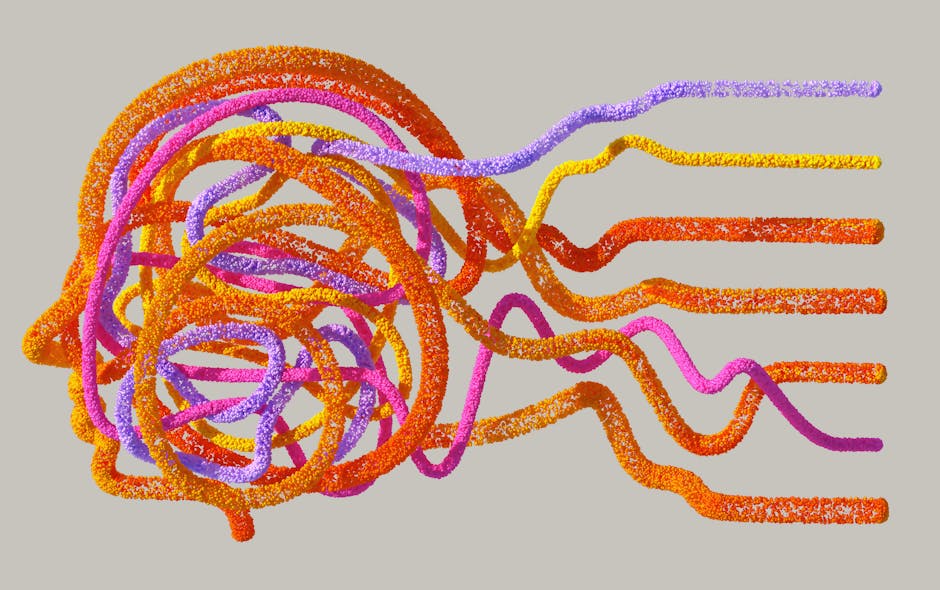Brain Dead: Understanding the Severity and Implications of This Devastating Condition
The term “brain dead” evokes a powerful image of irreversible loss. It’s a condition that signifies the complete and irreversible cessation of all brain functions, including the brainstem, which controls essential life-sustaining processes like breathing and heartbeat. Understanding what brain death truly means, its diagnostic criteria, and its implications is crucial for both medical professionals and the public alike. This comprehensive guide aims to clarify the complexities surrounding brain death.

What Defines Brain Death?
Brain death is not a coma, vegetative state, or minimally conscious state. These conditions involve varying degrees of impaired consciousness but retain some brain function. Brain death, on the other hand, represents the complete and irreversible loss of all brain function. This means the brain is no longer capable of performing any activity whatsoever. It’s the definitive end of life, regardless of whether the heart continues to beat with the help of life support.
Key Differences from Other Conditions:
- Coma: A state of prolonged unconsciousness, but some brain function remains.
- Vegetative State: Patients may exhibit sleep-wake cycles but lack awareness and cognitive function.
- Minimally Conscious State: Some minimal but inconsistent signs of awareness are present.
- Persistent Vegetative State: A vegetative state lasting for a prolonged period.
Diagnostic Criteria for Brain Death
Determining brain death requires a rigorous process involving multiple clinical examinations and tests. The criteria vary slightly depending on the medical institution and the patient’s specific circumstances, but generally include:

- Irreversible Coma: Unresponsiveness to any stimuli, including painful ones.
- Absence of Brainstem Reflexes: These reflexes include pupillary response (pupils failing to constrict to light), corneal reflex (no blink response when the cornea is touched), gag reflex (absence of gagging when the throat is stimulated), and oculocephalic reflex (eyes failing to move when the head is turned).
- Apnea Test: A crucial test demonstrating the absence of spontaneous breathing. The patient is disconnected from the ventilator for a specified period to see if they attempt to breathe. This test must be performed cautiously and under strict medical supervision.
- Confirmatory Tests (often): Imaging studies, such as CT or MRI scans, can help rule out other conditions that might mimic brain death. Electroencephalogram (EEG) can show a flat line indicating the absence of electrical activity in the brain.
It’s crucial that these tests are performed by experienced medical professionals who adhere to established protocols. The diagnosis of brain death is never taken lightly and requires multiple assessments over time to ensure accuracy.
Implications of a Brain Death Diagnosis
A diagnosis of brain death has profound ethical, legal, and emotional consequences. It represents the irreversible cessation of life, even if some bodily functions are artificially maintained by life support. The legal implications are significant, especially regarding organ donation.

Organ Donation: A Gift of Life
Brain death is the legal basis for organ donation in many countries. When a person is declared brain dead, their organs can be harvested and transplanted to save the lives of others. This is a significant ethical consideration, requiring careful discussions with the family to ensure informed consent. Many families find solace in the fact that their loved one’s organs can help others.
Ethical Considerations and Family Support
The emotional impact on families dealing with a brain death diagnosis is immense. Grief counseling and support from medical professionals are essential during this incredibly challenging time. Ethical discussions surrounding withdrawal of life support often arise, necessitating careful consideration of the patient’s wishes (if documented) and the family’s needs.
Misconceptions About Brain Death
Several misconceptions surround brain death. It’s crucial to dispel these myths to foster accurate understanding:
- Myth: Brain death is reversible. Fact: Brain death is irreversible. No known medical intervention can restore brain function after it has been declared brain dead.
- Myth: Brain death is the same as a coma. Fact: Coma involves altered consciousness, but some brain function remains. Brain death signifies the total and irreversible cessation of all brain function.
- Myth: Brain death only affects the higher brain functions. Fact: Brain death involves the complete absence of function in all parts of the brain, including the brainstem, which controls essential life functions.
Conclusion
Brain death is a complex and devastating condition requiring a nuanced understanding. Its accurate diagnosis depends on strict adherence to medical protocols and a careful evaluation of clinical findings. While the implications of this diagnosis are profound, particularly regarding organ donation and end-of-life decisions, fostering a clear understanding of brain death can help families navigate this challenging time and make informed choices consistent with the wishes of their loved ones.

